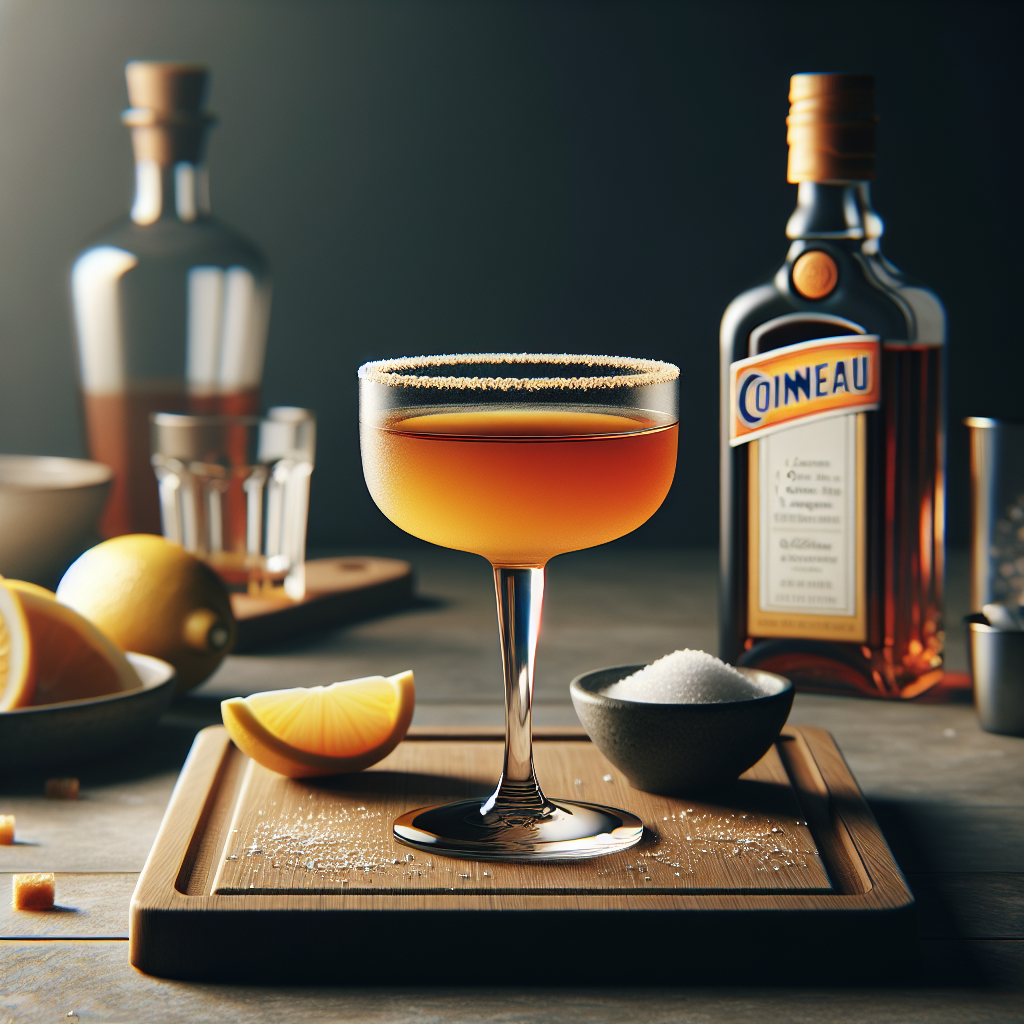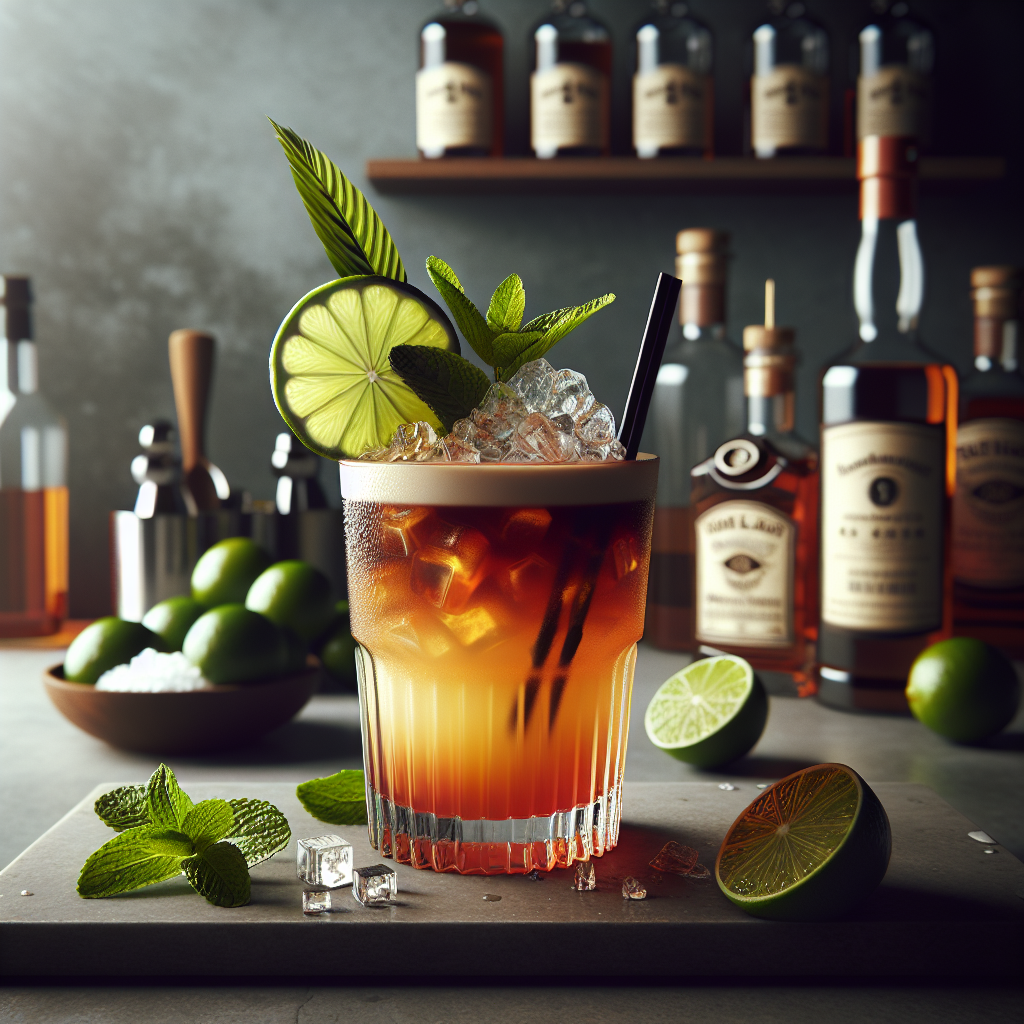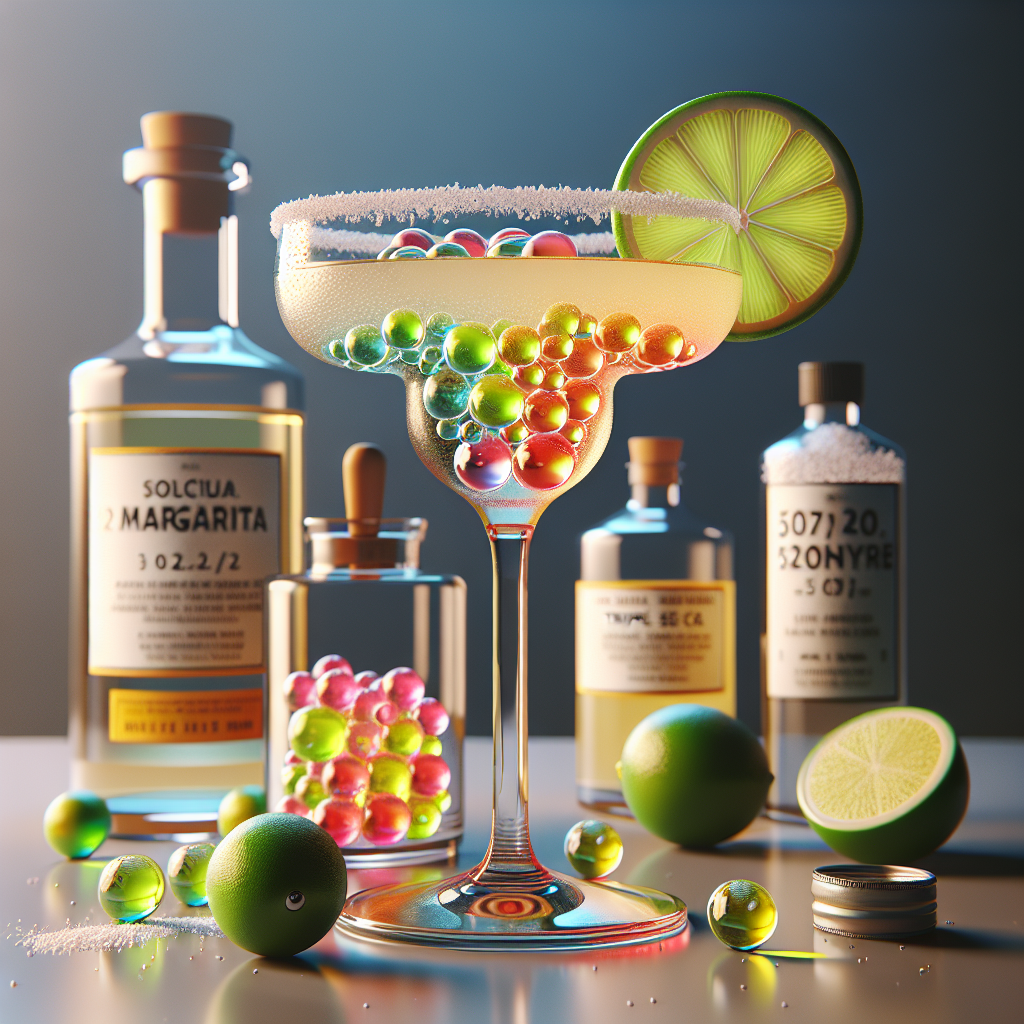Cocktail Time Travel: Sips Through Eras

Cocktail Time Travel: Sips Through Eras
Hey, mixology maestros! 🌟 Are you ready to hop on a wild ride through the ages? Let's blast off into the past and explore how cocktails have evolved, from the speakeasies of the Prohibition era to the molecular marvels of today. Buckle up, because we're about to dive into the art and science of sipping through history!
The Roaring Twenties: Prohibition and the Sidecar
Let's kick things off in the 1920s, the era of jazz, flappers, and the infamous Prohibition. This period saw the rise of speakeasies and bootlegged booze, but it also sparked some of the most iconic cocktails in history. One standout from this era is the Sidecar, a classic that embodies the elegance and boldness of the time.
The Sidecar is often attributed to Harry MacElhone, a legendary bartender who worked at Harry's New York Bar in Paris. This cocktail combines cognac, Cointreau, and lemon juice, creating a perfect balance of sweet and sour that's as sophisticated as it is delicious.
The Sidecar Recipe
Sidecar

A classic cocktail from the Prohibition era, attributed to Harry MacElhone.
Ingredients:
- 2 oz cognac
- 1 oz Cointreau
- 1 oz fresh lemon juice
- Lemon twist, for garnish
Instructions:
- Fill a shaker with ice.
- Add the cognac, Cointreau, and lemon juice.
- Shake until well chilled.
- Strain into a chilled cocktail glass.
- Garnish with a lemon twist.
In the 1920s, muddling was a popular technique, often used to extract flavors from fruits and herbs. The Sidecar, however, relies on the art of shaking to blend its ingredients seamlessly, showcasing the importance of technique in cocktail creation.
The Mid-Century Tiki Craze: The Mai Tai
Fast forward to the 1950s, and we find ourselves in the midst of the Tiki craze. This era was all about escapism, with tropical-themed bars popping up everywhere, serving exotic drinks that transported patrons to far-off lands. The Mai Tai, created by Victor J. Bergeron (better known as Trader Vic), is a quintessential Tiki cocktail that captures the spirit of the time.
The Mai Tai combines rum, lime juice, orgeat syrup, and orange curaçao, resulting in a drink that's both refreshing and complex. The use of orgeat syrup, made from almonds, adds a unique nutty flavor that sets the Mai Tai apart from other cocktails of its time.
The Mai Tai Recipe
Mai Tai

A classic Tiki cocktail created by Victor J. Bergeron (Trader Vic) in the 1950s.
Ingredients:
- 2 oz aged rum
- 0.75 oz fresh lime juice
- 0.5 oz orgeat syrup
- 0.5 oz orange curaçao
- 0.25 oz simple syrup
- Mint sprig and lime wheel, for garnish
Instructions:
- Fill a shaker with crushed ice.
- Add the rum, lime juice, orgeat syrup, orange curaçao, and simple syrup.
- Shake vigorously until well chilled.
- Strain into a glass filled with crushed ice.
- Garnish with a mint sprig and a lime wheel.
Layering was a technique often used in Tiki drinks to create visually stunning presentations. The Mai Tai, however, relies on the art of shaking and the use of crushed ice to achieve its signature flavor and texture.
The Modern Craft Cocktail Renaissance: The Molecular Margarita
Now, let's zoom into the present day, where we're in the midst of a craft cocktail renaissance. This era is defined by a return to artisanal ingredients and innovative techniques, including molecular mixology. Today, we're pushing the boundaries of what a cocktail can be, and one of my favorite modern creations is the Molecular Margarita.
The Molecular Margarita uses spherification, a technique that involves transforming liquid into spheres that burst with flavor when you bite into them. This cocktail combines tequila, lime juice, and agave syrup, but the real magic happens when we turn the lime juice into caviar-like pearls.
The Molecular Margarita Recipe
Molecular Margarita

A modern take on the classic Margarita, using spherification to create lime caviar pearls.
Ingredients:
- 2 oz tequila
- 1 oz agave syrup
- 0.5 oz triple sec
- 1.5 oz water
- 1 g sodium alginate
- 500 ml water
- 5 g calcium chloride
- Lime juice for spherification
- Salt, for rimming the glass
- Lime wheel, for garnish
Instructions:
- Prepare the spherification bath by dissolving 5 g of calcium chloride in 500 ml of water.
- Mix 1.5 oz of water with 1 g of sodium alginate to create the base for the lime juice spherification.
- Add the lime juice to the sodium alginate mixture and blend until smooth.
- Using a dropper, drop the lime juice mixture into the calcium chloride bath. Let the pearls sit for about 3 minutes to form.
- Rinse the pearls with water to remove any excess calcium chloride.
- Fill a shaker with ice, add the tequila, agave syrup, and triple sec, and shake until well chilled.
- Strain into a salt-rimmed glass.
- Add the lime caviar pearls to the drink.
- Garnish with a lime wheel.
In the modern era, we're not just mixing drinks; we're creating experiences. The use of spherification in the Molecular Margarita adds an element of surprise and delight, showcasing how science can enhance the art of mixology.
The Evolution of Ingredients and Techniques
Throughout the ages, the ingredients and techniques used in cocktails have evolved dramatically. In the early 1900s, absinthe was a popular ingredient, known for its potent anise flavor and green color. The drink was often associated with artistic circles and was even banned in some countries due to its supposed hallucinogenic effects.
As we moved into the Prohibition era, ingredients like gin and whiskey became more prevalent, often smuggled or produced illegally. Techniques like muddling were used to extract flavors from fruits and herbs, adding depth to cocktails without the need for expensive spirits.
The Tiki movement brought exotic ingredients like rum, pineapple juice, and coconut cream into the spotlight. Layering became a popular technique, allowing bartenders to create visually stunning drinks that were as much about presentation as they were about flavor.
In the modern era, we're seeing a resurgence of artisanal ingredients like craft spirits, house-made syrups, and fresh juices. Techniques like spherification, sous-vide infusion, and fat-washing are pushing the boundaries of what's possible in a glass, creating cocktails that are not only delicious but also a feast for the senses.
Conclusion: A Toast to the Future
As we've journeyed through the ages, it's clear that cocktails are more than just drinks; they're a reflection of the times in which they were created. From the elegance of the Sidecar to the tropical escapism of the Mai Tai, and the innovative Molecular Margarita, each cocktail tells a story of its era.
So, what's next for the world of mixology? With the rapid pace of technological advancements and the ever-growing creativity of bartenders, the possibilities are endless. Whether you're a fan of classic cocktails or eager to explore the latest in molecular mixology, there's never been a more exciting time to be a part of this vibrant community.
Cheers to the past, present, and future of cocktails! 🥂 Let's keep sipping through the eras and pushing the boundaries of what's possible in a glass. Until next time, keep shaking, stirring, and experimenting!
Stay groovy, mixologists! 🌈